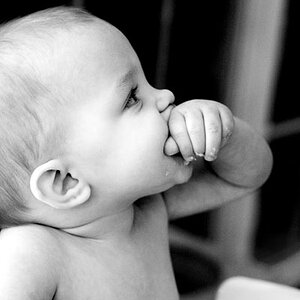Trentlee07
TPF Noob!
- Joined
- Oct 9, 2007
- Messages
- 2
- Reaction score
- 0
Ok I am new to photography. I work for a mail order company and design the annual catalog and maintain the website. We are taking all of our own photos for our catalog. My problem is that when i put the photo i have taken on my computer the resoultion is only 72 DPI. is there a way to get it to come over at higher DPI? My question is very amature i am sure but i would appreciate your help. Thanks in advance..


![[No title]](/data/xfmg/thumbnail/31/31978-02cde49248ebdf1b82fba5c899e08378.jpg?1619735136)

![[No title]](/data/xfmg/thumbnail/34/34069-7b423c5bb5d324f4d924cf839cc122b3.jpg?1619736265)







![[No title]](/data/xfmg/thumbnail/34/34071-9d82cc63ea930e951f24480c250e35d1.jpg?1619736266)
